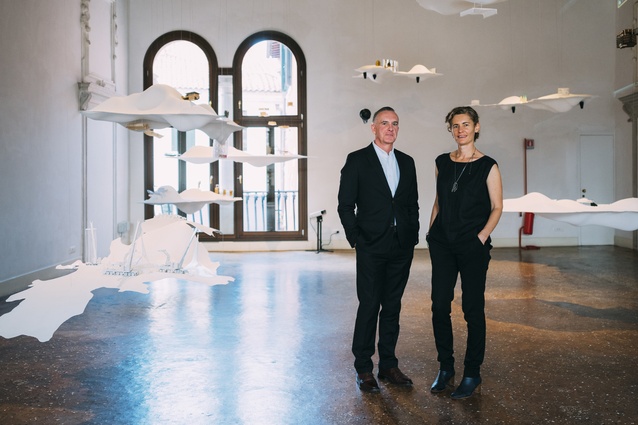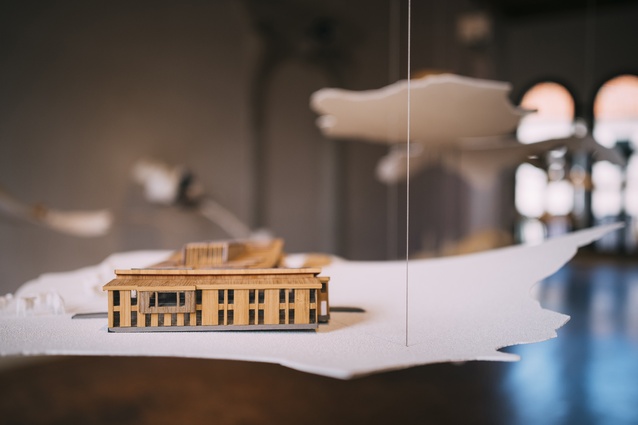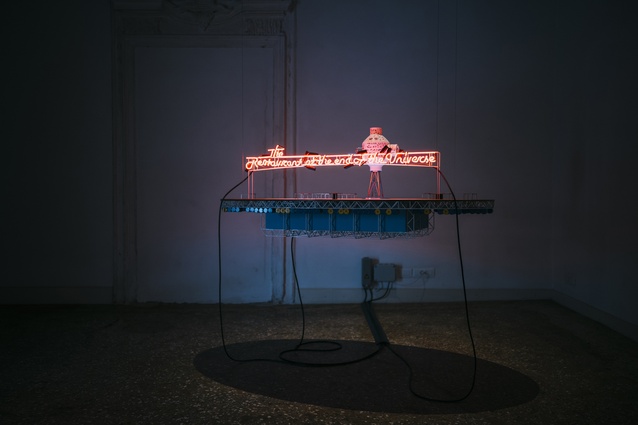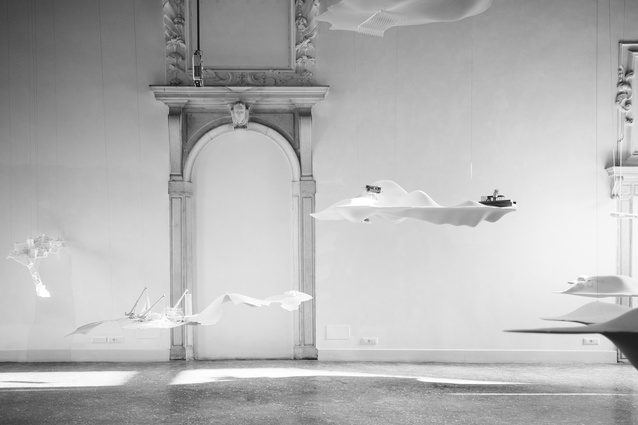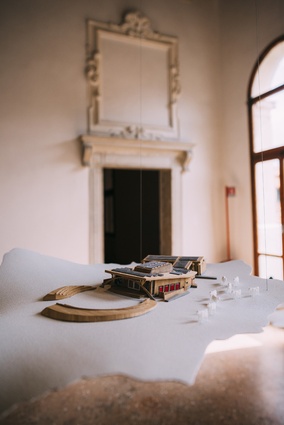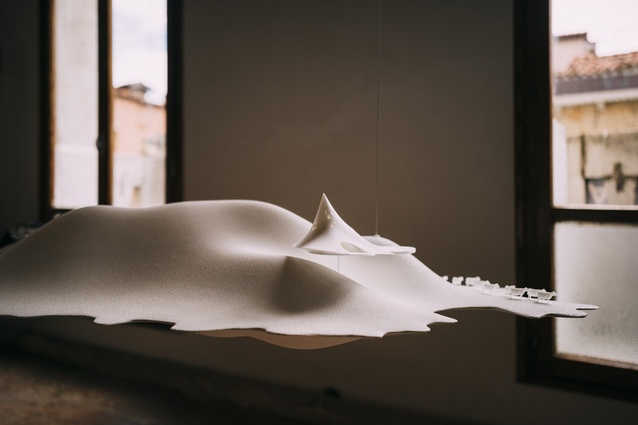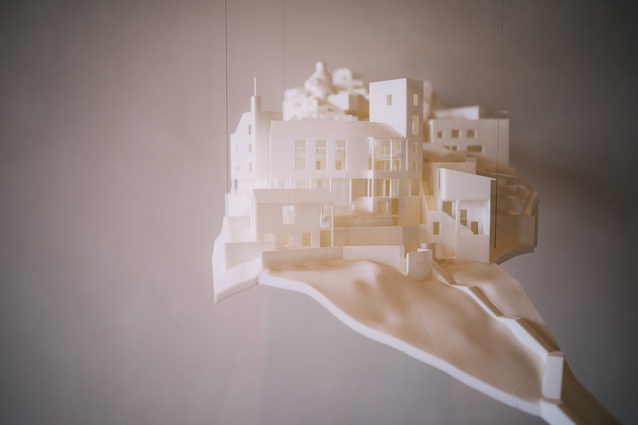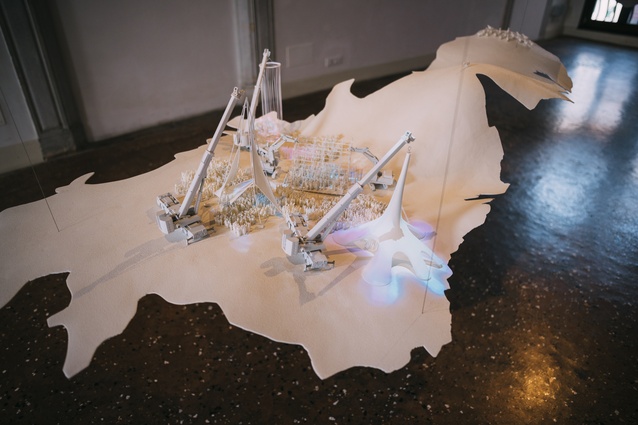Reporting from the front
The opening of the New Zealand pavilion at La Biennale di Venezia 15th International Architecture Exhibition was officially launched on 26 May with a traditional Māori welcome. New Zealand’s High Commissioner to Venice, Patrick Rata, received the welcome from the exhibition design team, the New Zealand Institute of Architects, Māori students from AUT and members of Tūhoe, whose film Ever the Land is being screened during the biennale. The dozens of New Zealanders present at the event all sang Tutira Mai Nga Iwi. Commissioner Tony van Raat greeted the guests in Maori, English and Italian, and the exhibition curators, Charles Walker and Kathy Waghorn, spoke about the concept for ‘Future Islands’, which includes 55 contributions from architecture studios and students from around New Zealand.
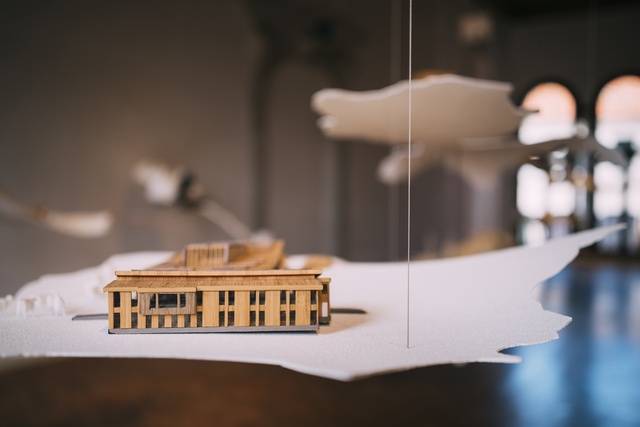
Inside the pavilion are floating white islands suspended from the ceiling like metaphorical islands of architecture, each with micro buildings sitting on their surfaces. These are delightful forms in which to engage; each is by a different architect but ties in with the whole through scale and materiality. “Our aim was to try and make an exhibition that is beautiful and to promote both a critical and positive view of architecture,” said Walker. The response so far has been positive and, as the biennale attendees make their way ‘off piste’ to the New Zealand exhibition from the main spaces in the Arsenale and Giardino, it will be interesting to hear their reactions.
Australia also launched its pavilion in the Giardini on the same day, commencing with a celebration of its indigenous peoples with a traditional Aboriginal ritual. Inside its brand new pavilion is a swimming pool, a simple homage to a typical Ozzie pool which has proved popular among visitors, in part due to its calming environment, a respite from the sun and negotiating the hundreds of exhibitions laden with people.
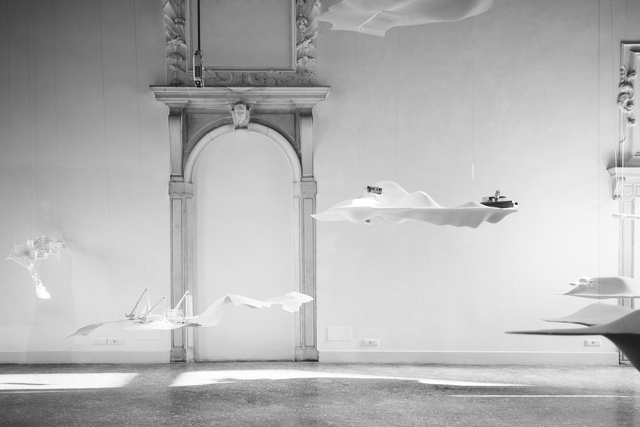
Reporting from the Front is the theme of this biennale, curated by Chilean architect Alejandro Aravena who gave a lecture tour in New Zealand last year. He expressed a view that, “Architecture is about giving form to the places where we live. It is not more complicated than that… The form of those places, though, is defined not just by the aesthetic trend of the moment or the talent of the designer; they are the consequences of regulation, interests, economies and policies or, perhaps, even of the lack of coordination, indifference and simple chance. The forms of these places may improve or ruin peoples’ lives.” He added, “There are many battles to be won in order to improve the quality of the built environment and, consequently, people’s lives.”
The Golden Lion for Lifetime Achievement was awarded to the Brazilian architect Paulo Mendes da Rocha during a ceremony on Saturday 28 May, along with the announcement of the winning exhibitions.
The biennale is open to the public and runs until 27 November.

